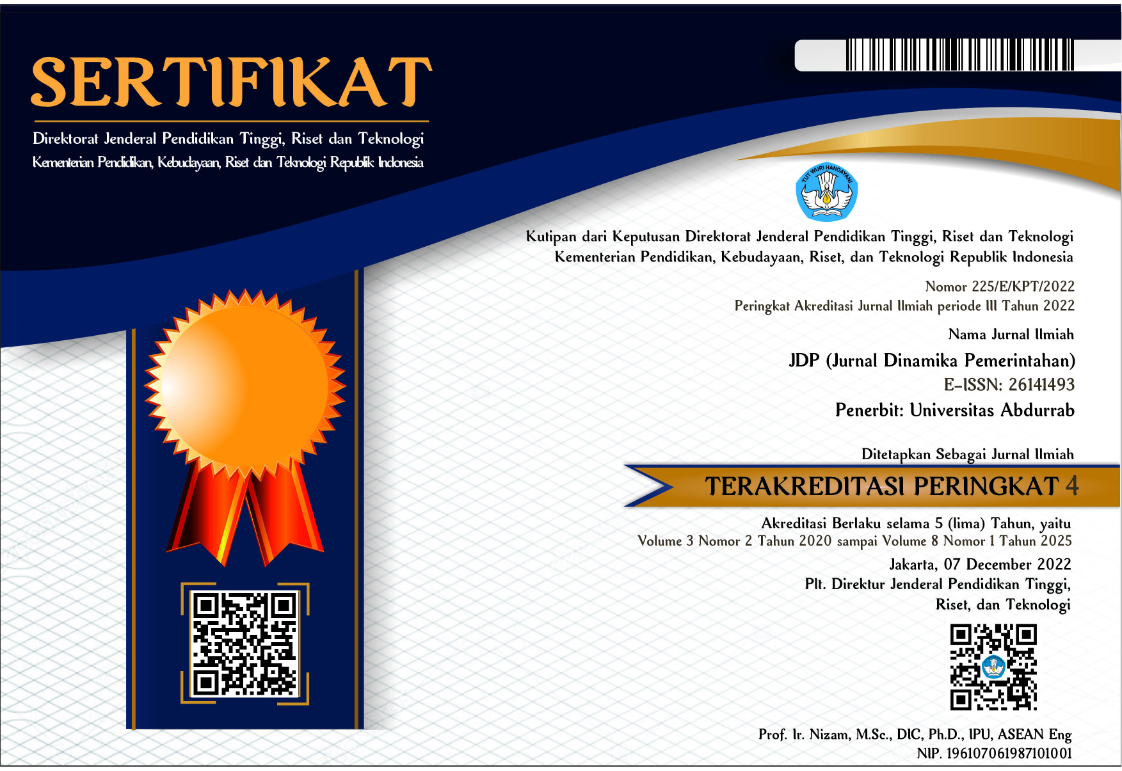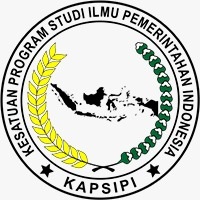The Main Factors of Yemeni Conflict: An Analysis
DOI:
https://doi.org/10.36341/jdp.v4i2.1912Keywords:
Yemen Conflict, Conflict Factors, Centralization, Marginalization, GovernanceAbstract
Yemen is an unsteady country with a long history of conflict and many complex issues that have led to the deterioration of the political, economic, and social situation. The conflict in its various stages began as an internal political struggle as a result of the people's grievances and the elite's competition for power and national wealth, in addition to other external factors. Hence, it is important to study the conflict factors in Yemen to understand the situation which in turn will help in providing solutions by decision-makers towards peace-making. Therefore, this study analyses the conflict factors in Yemen based on the political, economic, and social effects, in addition to the external interference effects. The research findings indicated that the conflict factors were not the only result of security or political issues but also presented by many socio-economic problems as well as external factors, which have affected of the country since its unification.
Downloads
Downloads
Published
Issue
Section
License
1. Copyright of all journal manuscripts is held by the JDP (Jurnal Dinamika Pemerintahan)
2. Formal legal provisions to access digital articles of electronic journal are subject to the provision of the Creative Commons Attribution-ShareAlike license (CC BY-NC-SA), which means that JDP (Jurnal Dinamika Pemerintahan) is rightful to keep, transfer media/format, manage in the form of databases, maintain, and publish articles.
3. Published manuscripts both printed and electronic are open access for educational, research, and library purposes. Additionally, the editorial board is not responsible for any violations of copyright law.
licensed under a Creative Commons Attribution-ShareAlike 4.0 International License.













